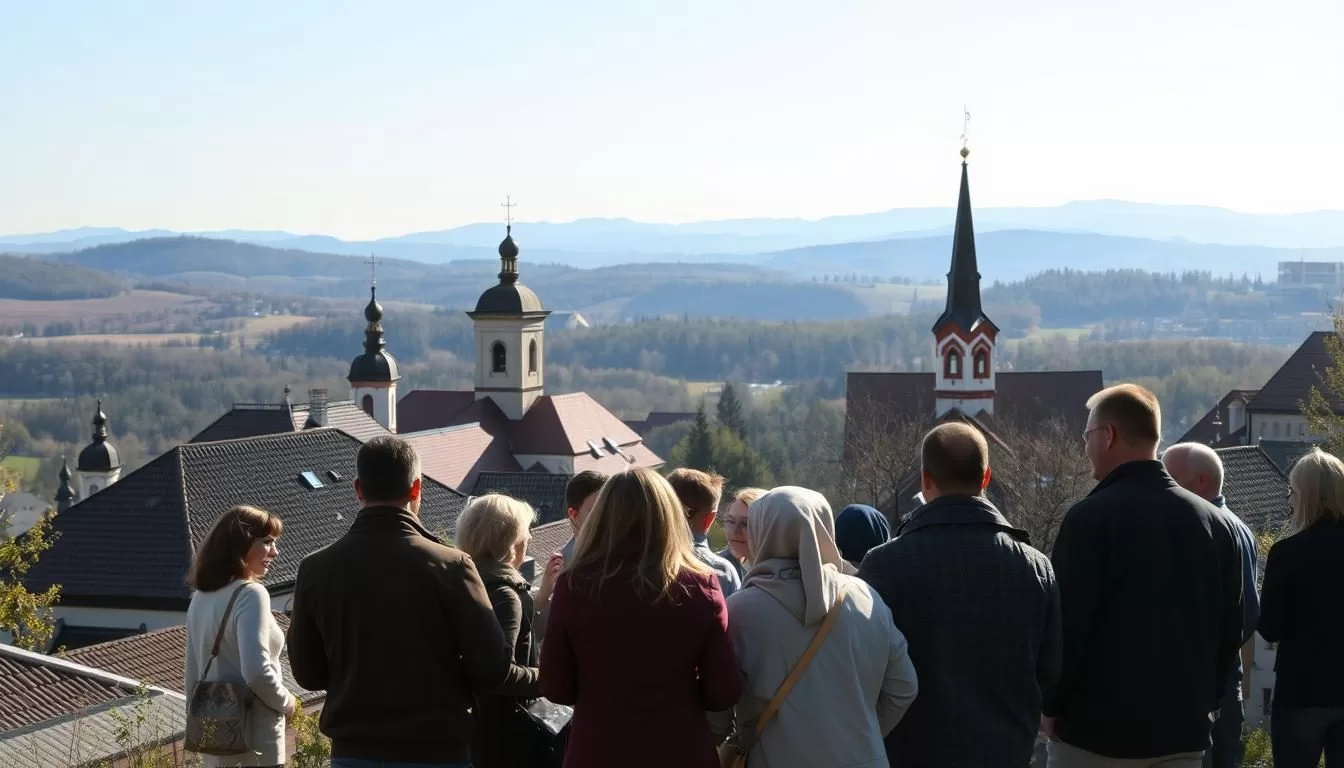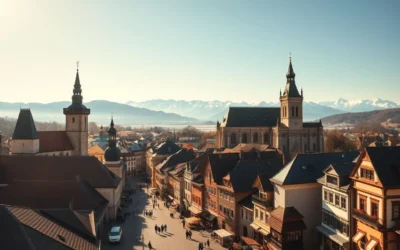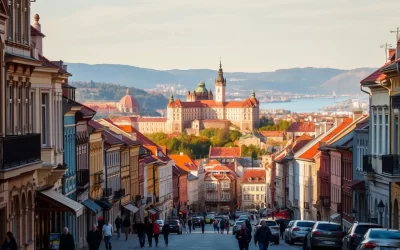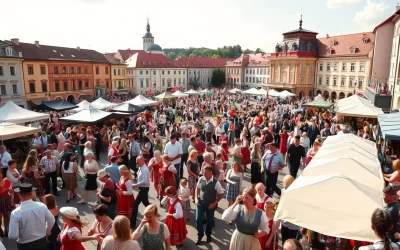✓ Accommodations ✓ Flights ✓ Rental Cars ✓ Tours & Activities
Welcome to Slovakia, a Central European country with a rich cultural tapestry and a fascinating linguistic landscape. Home to about 5.4 million people, this nation is a melting pot of ethnic groups, each contributing to its unique identity.
Slovak is the official language, spoken by over 80% of the population. However, the linguistic diversity doesn’t stop there. Minority groups like Hungarians, Czechs, and Rusyns add their own flavors to the mix.
Foreign languages, such as English, are also gaining traction, especially among the younger generation. This blend of native and international tongues makes Slovakia a truly unique place to explore.
Ready to dive deeper into the fascinating world of Slovakia’s language? Let’s uncover more in the sections ahead!
Introduction to Slovakia’s Linguistic Landscape
Slovakia’s linguistic landscape is a vibrant reflection of its diverse ethnic makeup. The way people communicate here tells a story of cultural richness and historical depth. This country is home to a variety of ethnic groups, each adding their unique language to the mix.

Diversity of Ethnic Groups
More than 80% of the population identifies as Slovaks, but minority groups like Hungarians, Romani, and others play a significant role. Each person brings their own language, creating a colorful linguistic mosaic. This diversity is a key part of the nation’s identity.
Understanding the Population and Its Languages
Historical influences have shaped how languages are used in everyday life. For example, the global impact of English has grown since Slovakia joined the EU in 2004. This blend of native and foreign tongues highlights the country’s openness to cultural exchange.
Understanding these dynamics helps you appreciate the depth of Slovakia’s cultural heritage. Whether it’s the native Slovak tongue or the languages of minority groups, each adds a unique layer to the nation’s identity.
Slovakia: Official and widely spoken languages
Slovak stands as the heart of communication in this Central European nation. It is the official language, spoken by over 85% of the population. As a member of the Slavic language family, it carries historical and cultural significance.
The language has evolved over centuries, influenced by Latin, Czech, Hungarian, and German. This blend of influences makes it unique among Slavic languages. Its alphabet, with 46 letters, is the longest in Europe.
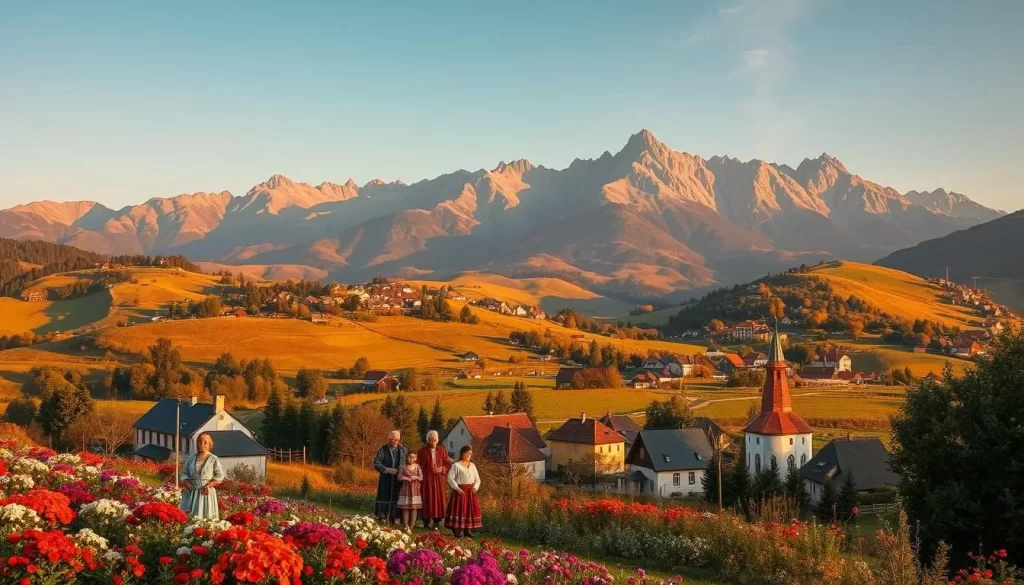
Dialect Variations
Slovak is divided into three main dialects: eastern, central, and western. Each region has its own distinct way of speaking. Despite these variations, a standard form is used in education and official settings.
This standard language ensures clear communication across the country. It also plays a key role in preserving the nation’s cultural heritage.
Legal Framework
The State Language Law regulates the use of Slovak. This law ensures its correct usage in public life, education, and media. It also protects the language from being overshadowed by foreign influences.
Here’s a quick overview of the legal framework:
| Aspect | Details |
|---|---|
| Regulation | State Language Law |
| Purpose | Preserve and promote Slovak |
| Application | Education, media, public life |
These measures highlight the importance of Slovak in shaping the nation’s identity. They also ensure its continued use for generations to come.
Exploring Minority and Regional Languages
Hungarian and Rusyn are among the vibrant minority languages in Slovakia. These tongues are an integral part of the country’s cultural fabric. They reflect the diversity of ethnic groups that call this region home.
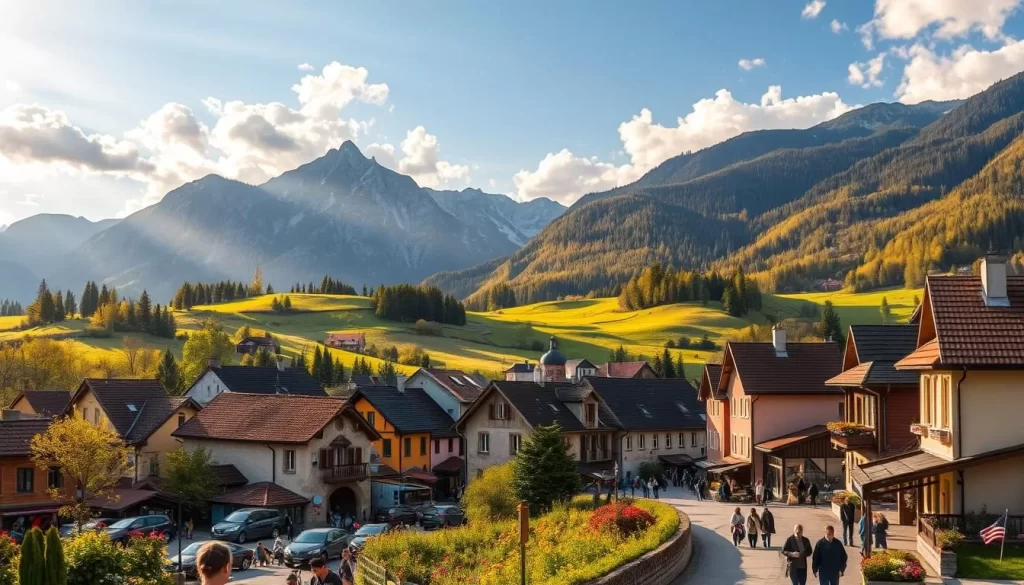
Hungarian, Rusyn, and Other Minority Tongues
Hungarian is the most widely spoken minority language, used by over 10% of the population. Rusyn, a Slavic tongue, is also prominent in certain areas. These languages are not just tools for communication but symbols of identity and pride.
Other minority tongues include Polish, Ukrainian, and Roma dialects. Each person who speaks these languages contributes to the country’s rich linguistic mosaic.
Municipal Language Rights and Co-Official Status
Municipalities can grant co-official status to a minority language if it’s spoken by at least 15% of the local population. This legal framework ensures these tongues are preserved and promoted in public life.
For example, in areas with a significant Hungarian-speaking community, bilingual signs and education are common. This approach fosters inclusivity and cultural pride.
| Aspect | Details |
|---|---|
| Legal Threshold | 15% of local population |
| Examples | Hungarian, Rusyn, Polish |
| Implementation | Bilingual signs, education |
These measures highlight the importance of minority languages in shaping the country’s identity. They also ensure these tongues remain a vital part of everyday life.
For more insights into Slovakia’s linguistic diversity, visit this resource.
The Role of Sign and Foreign Languages in Slovakia
Communication in Slovakia goes beyond spoken words, embracing a variety of modes that enrich its cultural fabric. From sign language to foreign tongues, each plays a vital role in connecting people and fostering inclusivity.
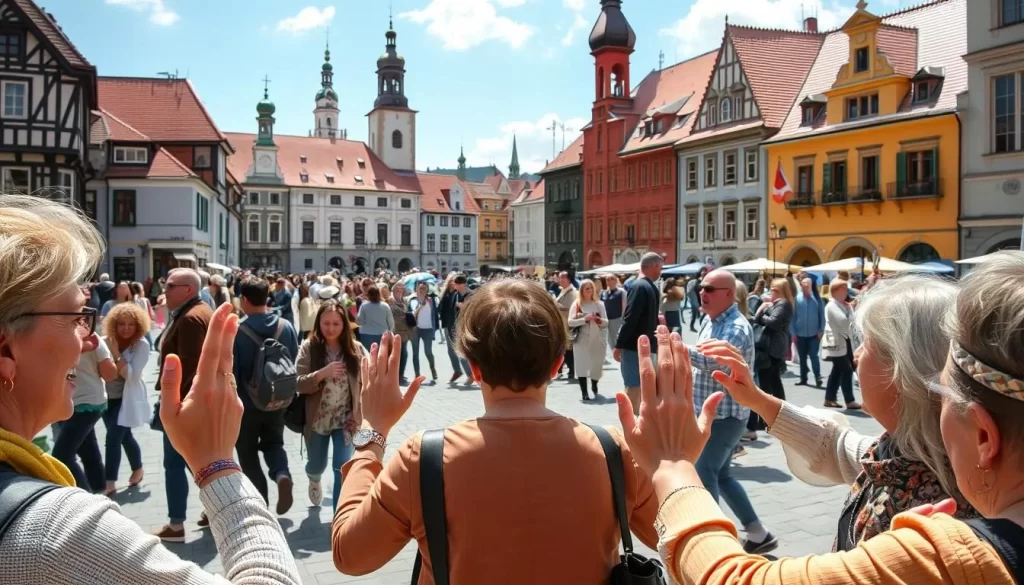
Slovak Sign Language and Its Community
Slovak Sign Language is a cornerstone of the deaf community, uniting around 15,000 users. As a member of the French Sign Language family, it holds its own place alongside spoken languages. This mode of communication is not just functional but also a symbol of identity and pride.
Efforts to promote Slovak Sign Language include its use in education and media. These initiatives ensure that the deaf community remains an integral part of society.
Influence of English, Russian, and German
Foreign languages like English, Russian, and German are widely spoken, especially among younger generations and professionals. English, in particular, has grown in importance due to globalization and its role in education and business.
Russian and German maintain historical significance, reflecting cultural ties with neighboring countries. These languages are often used in media and education, adding to the country’s multilingual environment.
| Language | Role |
|---|---|
| English | Business, education, tourism |
| Russian | Historical and cultural ties |
| German | Business, communication with neighbors |
This blend of communication methods highlights Slovakia’s openness to cultural exchange. Whether it’s through sign language or foreign tongues, each plays an essential role in daily interactions. For more insights into the linguistic landscape, explore this resource.
Conclusion
Slovak, the official language, serves as the backbone of communication in this Central European country. It’s spoken by over 85% of the population, ensuring its dominance in daily life and legal frameworks. This linguistic foundation is protected by laws like the State Language Act, which preserves its role in education, media, and public affairs.
Beyond Slovak, minority tongues like Hungarian and Rusyn add depth to the region’s cultural identity. These languages are celebrated and supported through municipal rights, fostering inclusivity and pride among diverse communities.
Foreign languages, especially English, are gaining prominence, particularly among younger generations. Initiatives like compulsory English education aim to enhance global competitiveness. This blend of native, minority, and foreign tongues creates a vibrant linguistic tapestry.
Every person and every language contributes to the family of communication in this nation. Whether it’s the official tongue, a minority dialect, or sign language, each plays a vital part in shaping the country’s identity. Explore this rich heritage and discover the beauty of its linguistic diversity.
The above is subject to change.
Check back often to TRAVEL.COM for the latest travel tips and deals.
Here are some Tours & Sightseeing suggestions that might pique your interests!
